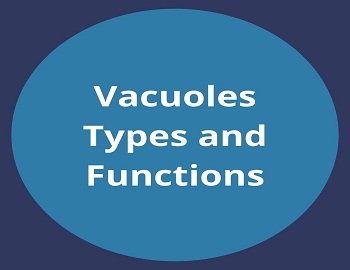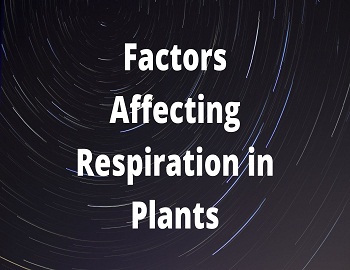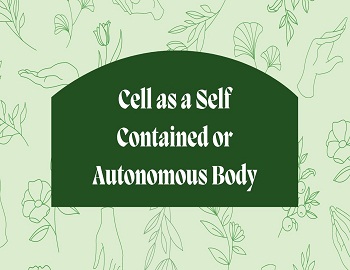Table of Contents
Vacuoles Types and Functions:
What are the Vacuoles?
Vacuoles are the non-cytoplasmic areas filled with watery fluid (cell sap) present in the cytoplasm. They remain separated from the cytoplasm by a unit membrane called tonoplast in plant cells whereas, in animal cells, they are bounded by a lipoproteinaceous membrane. In plant cells, they are bigger in size as compared to animal cells and occupy up to 90% of the volume of the cell. In plants, the tonoplast facilitates the transport of a number of ions and other materials against concentration gradients into the vacuole, hence their concentration is significantly higher in the vacuole than in the cytoplasm. The cell sap generally contains sugar, mineral salts, organic acids, amino acids, esters, excretory products (alkaloids, tannins) and water-soluble pigments like anthocyanin.
Types of Vacuoles:
- Sap Vacuoles- These are of common occurrence. These contain cell sap. These vacuoles store and concentrate mineral salts as well as nutrients. These occur in phagocytes, protozoans, sponges and coelenterates.
- Contractile Vacuoles- These occur in freshwater protozoans such as Amoeba, Paramecium, etc. Contractile vacuoles have a highly extensible and collapsible membrane. These are also surrounded by a number of feeding canals which collect water and waste products in the contractile vacuoles to be thrown out. Each vacuole swells up on receiving water and waste products. This represents the diastolic phase. The swollen vacuole on coming in contact with the plasma membrane collapses, throwing out its contents outside the cell. This is called the systolic phase. In this way, contractile vacuoles help in osmoregulation, i.e. regulating the water content in the cells.
- Food Vacuoles- These occur in protozoan protists, lower animals like sponges and coelenterates and phagocytes. These contain food particles which are digested by the digestive enzymes of the lysosome. Ingested food passes out in the surrounding cytoplasm.
- Gas Vacuoles- These are present only in prokaryotes. They not only store metabolic gases but also help in the buoyancy of cells.
Functions of Vacuoles:
- Cell sap of vacuoles maintains the turgidity of plant cells. This supports the green parts of the plant.
- Vacuoles play a key role in growth by elongation of cells.
- The vacuoles store water, minerals and reserve food in the form of sugar.
- Anthocyanins dissolved in cell sap impart different colours to flowers, fruits, buds and leaves for attracting insects and birds for pollination and seed dispersal.
- Vacuoles also store waste materials such as toxins, alkaloids and tannins. In Acacia, cell sap of vacuoles stores cyanides.









Comments (No)